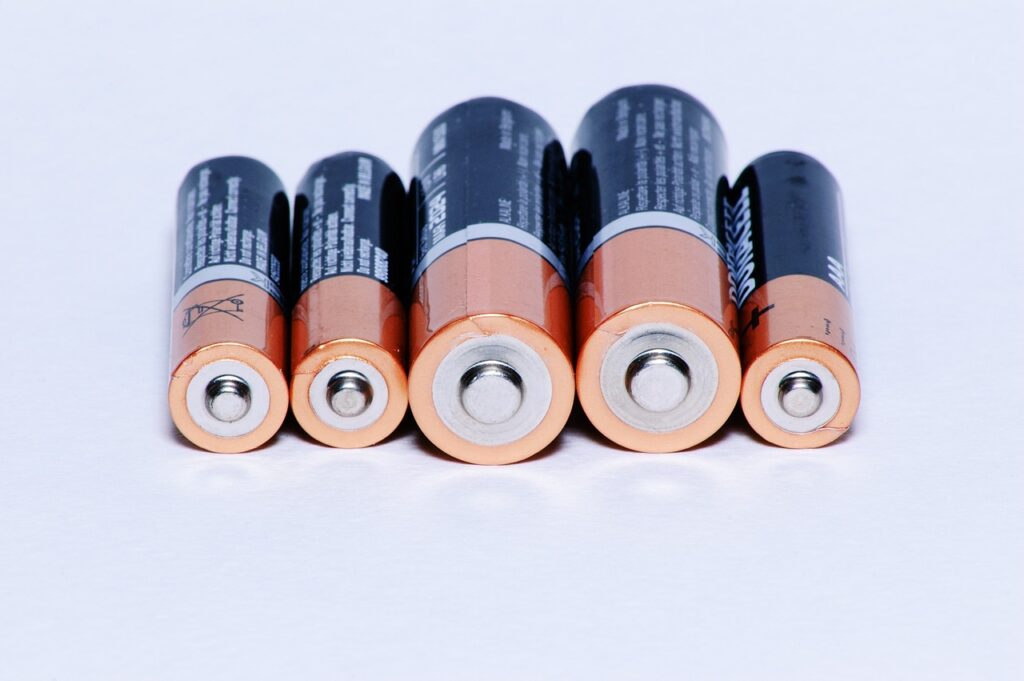
Based on a report by Energy-Reporter
Researchers at Humboldt-Universität zu Berlin have developed a new class of battery anodes that significantly improve charge speed and lifespan. The technology introduces engineered disorder at the atomic level, boosting ionic conductivity and stability in both lithium-ion and sodium-ion batteries.
Instead of following the conventional approach of using highly ordered crystalline structures, the team designed materials with controlled imperfections. Traditional battery materials rely on structural order to guide ion movement, but this often creates rigidity that limits performance, especially under fast-charging conditions.
By intentionally adding disorder, the researchers created new pathways for ions to move more freely. This led to higher charge rates and improved cycling stability. The materials used include niobium-tungsten oxides and a specially engineered form of iron niobate.
Tests showed that lithium-ion batteries using these materials retained a large portion of their capacity even after 1,000 cycles. For sodium-ion batteries, the results were even more impressive. The new sodium-based anodes lasted over 2,600 cycles with minimal degradation, offering a more sustainable alternative to lithium systems.
Sodium is more abundant and less resource-intensive than lithium, making it an appealing option for future battery development. The challenge has always been performance. This study shows that sodium-based batteries can meet high standards of durability and efficiency when the anode design is optimized.
The implications extend to electric vehicles, where fast charging and long battery life are critical. These materials could enable charging times of just a few minutes without sacrificing reliability or capacity.
The same technology could also support large-scale storage for solar and wind energy systems. Improving battery life and charge rates would help stabilize energy grids that rely on variable power sources.
Scaling the technology remains a challenge. The materials need to be produced at an industrial scale, and long-term safety must be verified. But the research marks a clear shift in how battery performance can be improved — not by refining old materials, but by rethinking their design from the ground up.
By changing how anodes are structured, the Humboldt team has opened up a path toward more practical, durable, and sustainable energy storage solutions.
